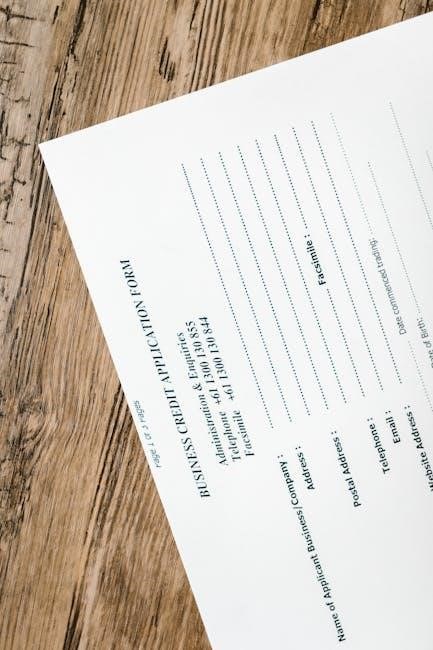Learning to make mead with bentonite requires patience and practice using online recipes and guidelines for clarification and fermentation processes effectively every time with great results always.
Importance of Clarification in Mead Making
Clarification is a crucial step in mead making as it helps to remove impurities and improve the appearance of the final product. According to many winemakers, clarification can make a significant difference in the overall quality of the mead. A clear mead is not only more visually appealing, but it can also help to prevent off-flavors and aromas. The use of bentonite and other fining agents can help to achieve clarity, but it’s essential to understand the importance of proper technique and timing. By clarifying their mead, makers can ensure that their product is stable and consistent, with a clean and refreshing flavor. Proper clarification can also help to prevent spoilage and contamination, which can be detrimental to the quality of the mead. With the right techniques and ingredients, mead makers can produce high-quality, clear mead that is sure to impress. Effective clarification is key to achieving professional-grade results.

Preparing Bentonite for Mead Clarification
Mixing bentonite with water creates a slurry used for mead clarification and stabilization processes effectively always with great results every time using proper techniques and ingredients carefully.
Mixing Bentonite with Water for Effective Clarification
To achieve effective clarification, mixing bentonite with water is a crucial step in the mead making process, requiring careful attention to detail and technique. According to many winemakers, creating a thin slurry using 20 ml of water per gram of bentonite is essential. This mixture allows for proper hydration of the bentonite, enabling it to effectively clarify and stabilize the mead. The process involves combining the bentonite and water in a clean preparation container, mixing thoroughly until homogeneous, and then adding it to the mead. It is also important to note that the bentonite should be added to the mead no less than 4 hours after mixing, allowing for optimal settling and clarification. By following this process, mead makers can achieve clear and stable mead, with improved flavor and appearance, making it a vital step in the mead making process, always using proper techniques and ingredients carefully.

Understanding Bentonite Dosage for Mead
Proper bentonite dosage is crucial for effective mead clarification, typically requiring two teaspoons per five gallons, mixed with water carefully always.
Calculating the Right Amount of Bentonite for Your Mead Recipe
To calculate the right amount of bentonite for your mead recipe, consider the volume of mead being made and the desired level of clarification. A general rule of thumb is to use two teaspoons of bentonite per five gallons of mead, mixed with a small amount of water to create a thin slurry. This slurry is then added to the mead, allowing it to circulate and clarify the liquid. The ratio of bentonite to water is also important, with a typical mixture being one gram of bentonite per 20 milliliters of water. By carefully calculating and preparing the bentonite mixture, mead makers can achieve optimal clarification and stability in their final product, resulting in a clear and refreshing drink. The key is to find the right balance and follow a tried and tested recipe to ensure success. Proper calculation is essential for effective mead clarification.

Adding Bentonite to Mead for Optimal Results
Adding bentonite to mead requires careful preparation and timing for optimal clarification and fermentation results always with great success using online recipes and guidelines effectively every time with mead.
Timing of Bentonite Addition for Best Clarification Effects
The timing of bentonite addition is crucial for achieving the best clarification effects in mead making. According to many winemakers, adding bentonite to the must before primary fermentation can help clear pectic and protein haze. This allows the bentonite to circulate during fermentation, resulting in a clearer mead. It is recommended to add bentonite 4 hours after mixing it with water, and to give it at least 24 hours to settle. Some mead makers also suggest adding bentonite during primary fermentation, while others prefer to add it after fermentation is complete. The key is to find the right timing for your specific mead recipe and fermentation process. By experimenting with different timing methods, you can determine the best approach for achieving optimal clarification and fermentation results. Effective timing can make a significant difference in the quality and appearance of your mead.

Tips for Using Bentonite in Mead Making
Follow expert guidelines and recipes for using bentonite in mead making for successful results always using proper techniques effectively every time with great mead clarification outcomes always achieved.
Common Practices Among Winemakers for Bentonite Use
Winemakers often follow established guidelines for using bentonite in mead production, including mixing it with water to create a slurry before adding it to the mead. Many winemakers prefer to add bentonite to their must prior to primary fermentation, allowing it to circulate and clear pectic and protein haze. This approach is said to produce better results and clearer mead. According to online recipes, a common practice is to mix 2 teaspoons of bentonite with half a cup of boiling water, stirring for 1-2 minutes before adding it to the mead. Some winemakers also recommend giving the bentonite at least 24 hours to settle before racking or bottling the mead. By following these common practices, winemakers can achieve optimal clarification and produce high-quality mead. Effective use of bentonite requires attention to detail and careful planning, but the results are well worth the effort. Proper use of bentonite can make a significant difference in the quality of the final product.
